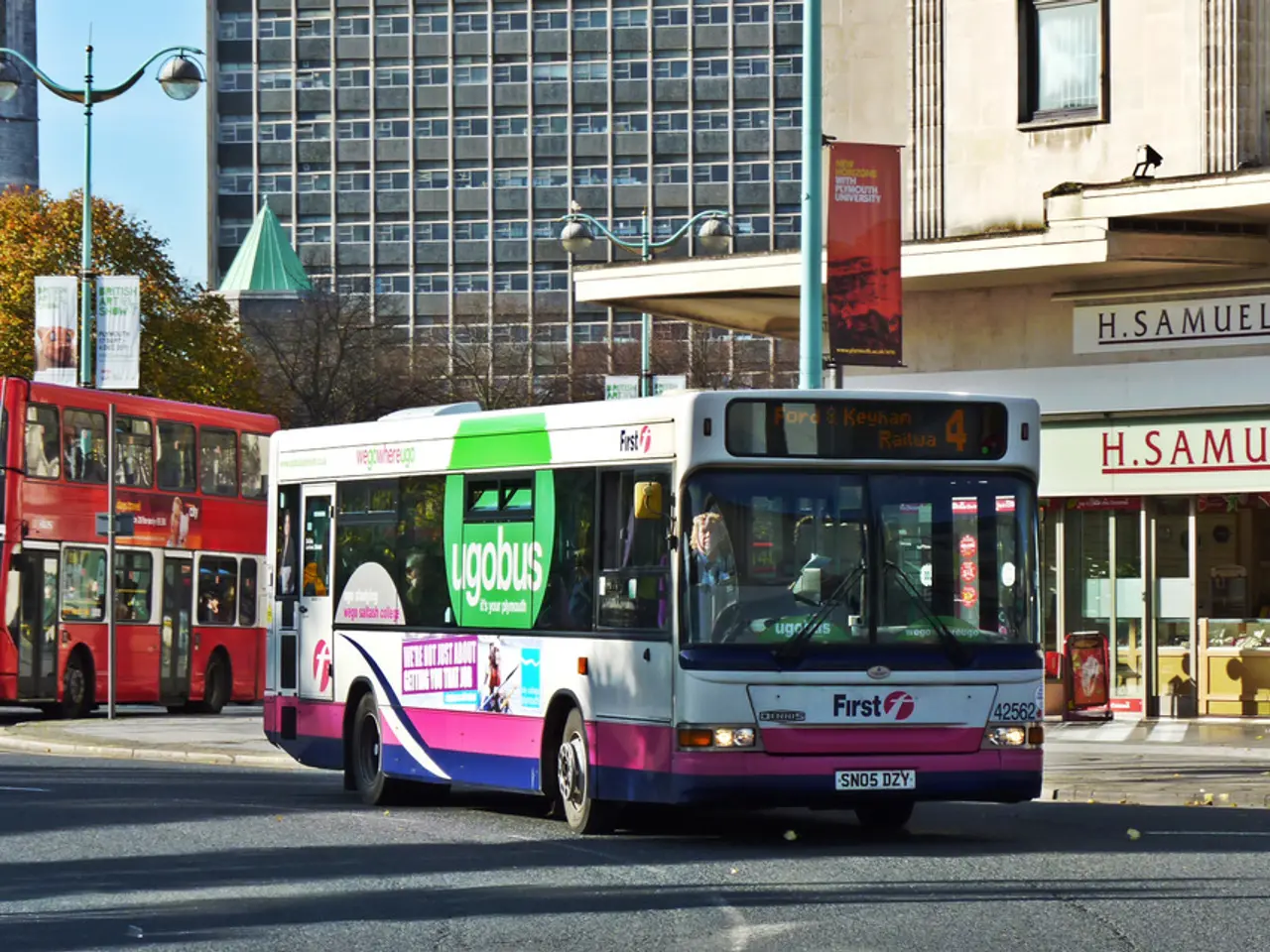'Industry Reacts Favorably to WFA's Diversity Media Structure Proposal'
In a recent report, the World Federation of Advertisers (WFA) has outlined the current state of diversity, equity, and inclusion (DEI) within the marketing industry, as revealed in its Diversity and Inclusion Census results.
According to the census, which involved over 10,000 people across 27 different countries, the gender pay gap across all countries stands at around 13%. This significant issue is one of the concerns highlighted by the census results, indicating a lack of diversity and inclusion in the marketing industry.
The census also revealed that one in seven people working in marketing are considering leaving their company due to the lack of diversity and inclusion. This trend is particularly noticeable in the United States, where the action to address DEI, as perceived by respondents, is mainly taking place.
Despite these concerns, the census results indicate that two-thirds of respondents believe their companies are taking action to address DEI. However, some companies are reframing rather than abandoning their DEI efforts in response to political and social pressures.
For instance, more than half of major companies, including those in the S&P 100, have modified how they present DEI commitments in 2025, often limiting disclosures of workforce and leadership diversity data, particularly around gender and racial diversity metrics. This adjustment in DEI messaging and disclosures is a response to political backlash, such as the 2023 Supreme Court ruling outlawing affirmative action in education and a 2025 executive order targeting private sector DEI.
However, consumer demand for inclusion remains strong, especially from LGBTQ+ audiences, who have significant buying power ($3.9 trillion globally annually). Around 68% want the same or more LGBTQ+ representation in advertising, though perceived representation has declined recently.
DEI is recognised as a strategic asset improving customer experience through authentic, diverse representation and inclusive messaging. It builds trust, emotional connection, and loyalty among diverse customers and helps brands enter new markets by reflecting varied cultural perspectives. Marketing teams incorporating diverse voices create campaigns that resonate authentically and avoid alienating consumers.
Companies are also leveraging innovative marketing technologies, such as AI, augmented reality, and influencer marketing, to create authentic, consumer-driven content that reflects diversity and inclusion values.
In conclusion, while some companies are retreating from explicit DEI commitments publicly, many continue to integrate DEI principles into marketing strategies in more subtle or strategic ways to maintain consumer trust and business growth in a politically polarized environment. The WFA and industry sources indicate that the trends align with broader industry data through mid-2025. The World Federation of Advertisers (WFA) released its Diversity and Inclusion Census results at the end of 2021.
In the diverse global business landscape, the marketing industry is grappling with issues of diversity and inclusion, as revealed by the World Federation of Advertisers (WFA) in their Diversity and Inclusion Census results. Moreover, the census highlighted that finance, a crucial aspect of any industry, is being affected by the lack of diversity, with the gender pay gap standing at around 13%. This underlines the need for a more inclusive finance system within the marketing industry.




